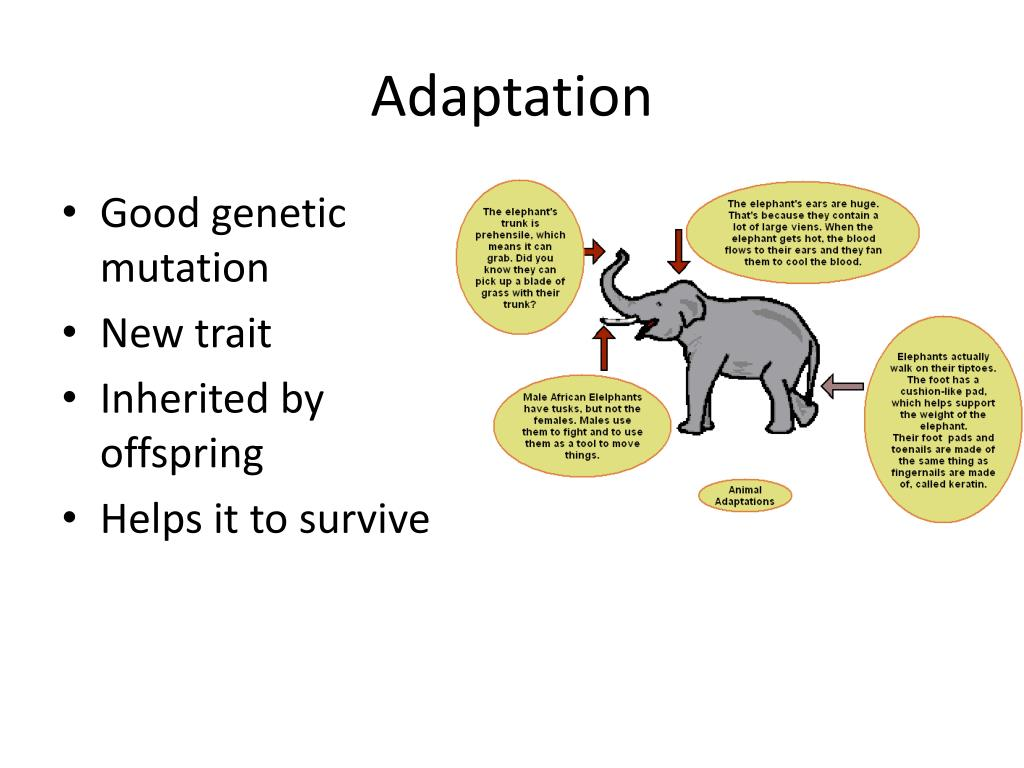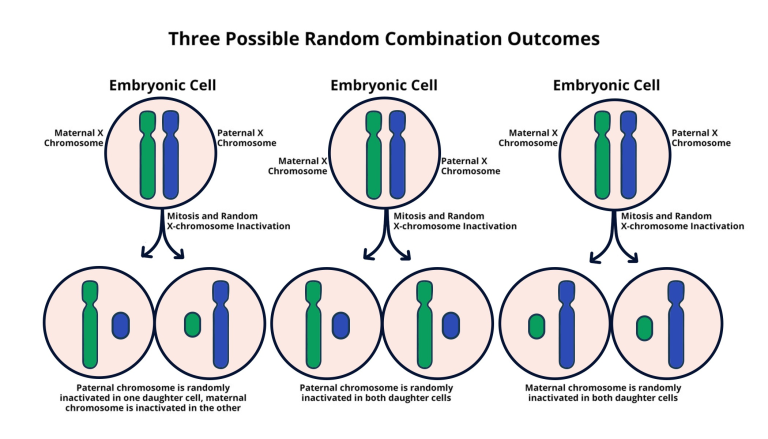Genetic adaptation plays a pivotal role in the evolution of species, allowing organisms to thrive in their changing environments. A recent study focusing on the house finch has unveiled a significant DNA inversion, contributing to our understanding of genetic adaptation and its connection to disease resistance. Through advanced pangenomic studies, researchers have illustrated how this small bird has evolved to combat specific pathogens, providing valuable insights into the broader mechanisms of evolution. By analyzing the genomic data of various house finches, scientists can explore the intricate web of genetic variation and its implications for survival in the wild. This comprehensive approach not only sheds light on house finch evolution but also has the potential to influence genomic research in other species, enhancing our comprehension of adaptation in the face of emerging diseases.
When we discuss genetic adaptation, we often refer to the dynamic processes that allow species to adjust to their environments over generations. In the case of the house finch, researchers have observed remarkable evolutionary shifts that illustrate how this bird has developed resilience to diseases through structural changes in its DNA. Such adaptations, which can be identified in genomic research, reveal how organisms like the house finch manage their survival amidst ecological challenges. This phenomenon emphasizes the need for robust studies, such as those involving pangenomic approaches, to unlock the complexities of evolutionary biology. By examining these genetic changes, we can gain profound insights into how species evolve and potentially develop strategies for disease resistance.
Understanding Genetic Adaptation in House Finches
Genetic adaptation is a vital mechanism through which species evolve in response to environmental changes. In the case of the house finch, recent studies highlight how genetic adaptations may enhance disease resistance. Particularly, a fascinating structure known as a DNA inversion has been identified as a significant factor in the house finch’s ability to adapt to pathogens. This specific genetic alteration reflects millions of years of evolution, showcasing how the species has utilized its genetic material to overcome challenges posed by infectious diseases.
Recent pangenomic studies have broadened our understanding of these genetic adaptations. By analyzing the entire genome of multiple house finch specimens rather than relying on singular genetic variations, researchers can observe the larger picture of how house finches evolve. This comprehensive approach allows scientists to unravel more complex genetic interactions that contribute to disease resistance, offering significant insights into the process of genetic adaptation within evolving populations.
Pangenomic Studies Revolutionizing Evolutionary Biology
The advent of pangenomic studies represents a paradigm shift in evolutionary biology, enabling scientists to explore genetic information at an unprecedented scale. This method involves collating the genomes of multiple individuals to create a more holistic view of genetic variation within a species. As highlighted in Bohao Fang’s research on house finches, such approaches reveal significant structural variations like DNA inversions that provide a deeper understanding of evolutionary processes and adaptations.
As researchers delve deeper into pangenomic data, the implications for understanding disease resistance become increasingly evident. For instance, by mapping out the genetic landscape of house finches, scientists can identify how specific genomic structures correlate with pathogen resistance, potentially uncovering mechanisms that have been finely tuned over millennia. This insight not only enhances our understanding of avian species but also lays the groundwork for future research that may shed light on human genetic responses to diseases.
The Role of DNA Inversion in Disease Resistance
DNA inversions represent a unique type of structural variation that can have profound effects on an organism’s genetic makeup. In the house finch, specific inversions have been shown to play a crucial role in building resistance against, for instance, bacterial infections that cause conjunctivitis. Such inversions can result in dramatic changes to gene expression, enabling the bird to adapt to environmental pressures and pathogens effectively.
Studies indicate that over time, these structural variations may lead to a stronger immune response within populations, allowing them to thrive even in the presence of widespread diseases. With ongoing genomic research, scientists are beginning to understand how such DNA rearrangements contribute not only to individual fitness but also to the survival of species as a whole. The implications of these findings reach far beyond house finches, sparking interest in investigating similar genetic adaptations across various species, including mammals and possibly humans.
Impact of Genomic Research on Evolutionary Studies
Genomic research has transformed our approach to studying evolution, particularly in the context of disease resistance. The use of advanced sequencing technologies has allowed researchers to obtain detailed views of genetic diversity within populations, thus revealing crucial insights into how species adapt over time. As demonstrated with the house finch, genomic data can illuminate the paths taken by various organisms in response to environmental threats, such as diseases.
Moreover, these studies provide a framework for understanding the underlying genetic mechanisms that facilitate adaptation. By leveraging the collective genetic information from multiple specimens, scientists can more accurately assess how specific attributes contribute to survival and resilience in the wild. This not only aids in conserving biodiversity but also informs broader applications in public health, particularly in understanding how genetic adaptations can shape responses to emerging infectious diseases.
The Evolutionary Implications of Structural Variations
Structural variations in the genome, including DNA inversions and duplications, have significant evolutionary implications. These genetic features can introduce variability that may enhance a population’s fitness, allowing for a more robust response to environmental stressors such as pathogens. In the context of house finches, the identification of such variations offers a compelling narrative of how avian species can evolve immunity over time, adapting to changing disease landscapes.
Ultimately, the examination of structural variations is pivotal for understanding evolutionary biology. By unraveling these genetic complexities, researchers can better comprehend how species like the house finch navigate their ecological niches, particularly in response to disease pressures. As investigations continue, the insights gained from genetic adaptations may fuel new strategies in wildlife conservation and enhance our understanding of human evolution.
Lessons from the House Finch: Evolution in Action
The house finch serves as an exemplary model for studying evolution in real-time, particularly regarding genetic adaptation mechanisms. The bird’s experience with disease outbreaks, particularly conjunctivitis, showcases a vivid narrative of survival and resilience shaped by its genetic makeup. This adaptability is increasingly relevant as scientists explore how other species, including humans, may genetically respond to widespread diseases.
Furthermore, the study of the house finch illustrates the power of integrating historical genetic data with modern genomic techniques. Researchers have been able to analyze samples dating back decades, observing changes in the finch population and their genetic adaptations to disease over time. This ongoing research not only informs evolutionary biology but also provides critical insights that could enhance our understanding of public health and disease management in various species.
Exploring Disease Resistance through Genomic Insights
Research into the genetic basis of disease resistance is crucial for developing strategies to mitigate health threats in wildlife and humans alike. The house finch case study sheds light on how certain genetic traits can confer resistance to diseases, exemplifying the broader implications for biodiversity and conservation. Understanding the mechanisms behind such resistance not only helps in preserving species but also aids in predicting how populations might respond to future health challenges.
Genomic insights derived from studies like those conducted on the house finch can guide conservation efforts, particularly as habitats change and new pathogens emerge. By identifying key genetic variations that contribute to disease resistance, scientists can monitor at-risk populations more effectively and develop targeted interventions. These efforts underscore the importance of genetic research in both evolutionary studies and practical applications in wildlife management and conservation.
Future Directions in Population Genomic Studies
The future of population genomic studies looks promising, especially with the innovative approaches seen in research focused on species like the house finch. As methodologies improve, researchers will gain more nuanced insights into the dynamics of genetic variation and adaptation across populations. The use of pangenomic analysis, which encompasses a broader spectrum of genetic information, will likely lead to discoveries that enhance our understanding of evolutionary processes.
Continued advancements in genomic research could also pave the way for significant breakthroughs in addressing contemporary challenges, such as the emergence of new infectious diseases. By studying genetic adaptations within wildlife, scientists can gain critical insights into how various species, including humans, might evolve resilience in the face of changing environmental pressures. These forward-looking studies will not only deepen our understanding of evolution but also inform effective strategies for public health and conservation.
The Intersection of Evolutionary Biology and Public Health
The interconnectedness of evolutionary biology and public health has never been more evident than in the current landscape of genomic research. As scientists uncover the genetic adaptations that allow species like the house finch to resist diseases, they simultaneously provide valuable insights that can inform health strategies for humans. The overlap of these fields underscores the importance of understanding how evolutionary principles can guide responses to emerging health crises.
Moreover, by harnessing the findings from studies on genetic adaptation, public health initiatives can become more targeted and effective. For instance, insights gained from house finch genetic adaptations could lead to improved research methodologies for studying human populations’ responses to infectious diseases. This synergy between evolution and public health not only enriches our understanding of biodiversity but also enhances our ability to protect both wildlife and human health in an ever-changing world.
Frequently Asked Questions
What role does genetic adaptation play in house finch evolution?
Genetic adaptation is crucial in house finch evolution as it allows these birds to develop resistance to diseases. Recent studies, such as the pangenomic study led by Bohao Fang, have uncovered significant DNA inversions that enhance their immune response, illustrating how genetic adaptation can improve survival in changing environments.
How do DNA inversions contribute to genetic adaptation in birds?
DNA inversions can lead to significant structural changes in the genome, which may alter gene expression and enhance disease resistance. In house finches, such inversions have been linked to their ability to combat pathogens, demonstrating a key avenue through which genetic adaptation occurs in response to environmental pressures.
What findings have pangenomic studies revealed about disease resistance in house finches?
Pangenomic studies have provided insights into the genetic adaptation of house finches by showcasing a major DNA flip that enhances their disease resistance. This research highlights the benefits of examining a broad genetic landscape rather than focusing on single genes, revealing how these birds have adapted over millions of years to effectively respond to diseases.
Can genetic adaptation occur without human intervention in wild populations?
Yes, genetic adaptation can occur naturally in wild populations without human intervention. The case of house finches illustrates how these birds have developed genetic changes over time to cope with diseases like conjunctivitis, showcasing evolution’s role in enhancing species resilience against infectious threats.
Why is genomic research important for understanding genetic adaptation?
Genomic research is vital for understanding genetic adaptation as it allows scientists to analyze large amounts of genetic data across populations. By employing techniques like pangenomic studies, researchers can uncover evolutionary changes and mechanisms, such as those seen in house finches, that contribute to traits like disease resistance and overall survival.
How does the pangenome approach improve our understanding of genetic adaptation?
The pangenome approach improves our understanding of genetic adaptation by providing a comprehensive view of genetic diversity within a species. Instead of relying on single reference genomes, this method incorporates varied genetic information, allowing researchers to identify structural variants, like DNA inversions in house finches, that play critical roles in adaptive evolution.
What implications does the house finch’s genetic adaptation have for other species?
The genetic adaptation observed in house finches offers insights into how other species, including humans, may genetically respond to infectious diseases over time. It emphasizes the importance of studying natural resistance mechanisms which can inform medical and conservation efforts across various species.
| Key Points | Details |
|---|---|
| What prompts genetic adaptation? | The study of house finches reveals insights into how species adapt to diseases. |
| Research Significance | New pangenomic study shows how large-scale DNA changes can lead to disease resistance. |
| Study Focus | Analyzes genomic variations over time, linking them to evolutionary adaptations. |
| Methodology | Combines genomic data from multiple finch specimens instead of single reference points. |
| Key Finding | A major DNA inversion in house finches provides clues about natural disease resistance. |
| Broader Implications | Research may inform understanding of human and animal responses to infectious diseases. |
Summary
Genetic adaptation is a fascinating process that allows species, like the house finch, to evolve in response to environmental challenges such as diseases. The recent study conducted by Bohao Fang highlights how a significant DNA inversion helps these birds develop resistance to infections. This type of research not only sheds light on the mechanisms of natural selection but also emphasizes the importance of studying genetic variations in understanding how organisms can adapt over time. By exploring these adaptations in species like the house finch, scientists gain valuable insights that may influence future responses to infectious diseases in both wildlife and humans.





